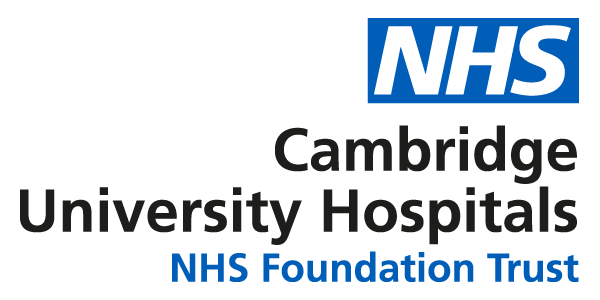Information about responsive feeding, feeding cues, breastfeeding positions and how to settle your baby.
Responsive feeding
Responsive feeding, is the most appropriate way to feed your baby. It means to follow your baby’s cues, whether that is for comfort or hunger and your need to feed, reconnect or bond with your baby. When feeding your baby you do not need to follow a schedule (unless recommended by your health care professional) or watch the clock when it comes to feeding and comforting your baby.
By responding to yours and your baby’s needs you will support baby to get enough milk, help prevent engorgement and blocked ducts and ensure a strong bond and healthy brain development for your baby.
You cannot spoil your newborn baby.
Feeding cues and signs that baby is getting enough milk
Feeding cues are signs that tell you your baby is getting hungry. As your baby gets hungrier, their cues will get louder and stronger.
Crying is often the last cue your baby will show and you may struggle to latch your baby and feed them effectively at this stage. Trying to feed your baby whilst they are calm and showing early feeding cues can be easier. If your baby is crying, try skin to skin to calm your baby before attempting to latch to the breast.
Keeping your baby close will allow you to learn your babies feeding cues and how fast they will move through them, therefore you can respond to your babies needs faster.

CHIN
Good positioning and latching are vital for comfortable pain-free breastfeeding. Learn about different breastfeeding positions and getting a good latch using CHIN.
Positioning and Attachment - CCS NHS Trust
Link: https://vimeo.com/444599624
The CHINS acronym for breastfeeding was developed by Dr. Lynette Shotton at Northumbria University (opens in a new tab). The acronym CHIN can be used in all breastfeeding positions. Try to keep CHIN in mind when breastfeeding.
Breastfeeding positions
For more information about breastfeeding positions visit the NHS website/Start for Life - Breastfeeding positions. (opens in a new tab)
How long should I breastfeed for?
The World Health Organisation (WHO) recommends to breastfeed/chestfeed your baby for the first 2 years. However, any amount of breastfeeding/chestfeeding you can do is beneficial for you and your baby. 1 teaspoon of colostrum continues around a million antibodies. The benefits of breastfeeding/chestfeeding last for as long as you are providing breastmilk.
For information on how to wean your baby onto solid foods from around 6 months old please check the Cambridgeshire and Peterborough Children’s Health website - weaning and introducing solid foods. (opens in a new tab)
How to settle your baby
If your baby has reached the late feeding cues you are likely to need to settle them before feeding them.
You can do this by:
- Holding them close
- Singing/talking to them
- Skin to skin contact
- Gentle strokes

